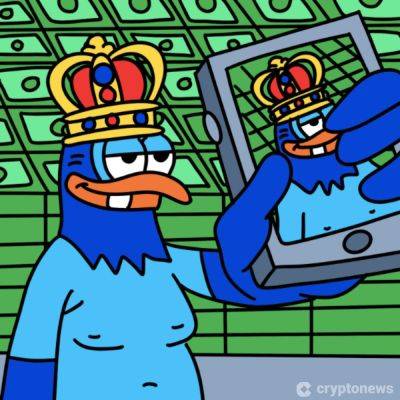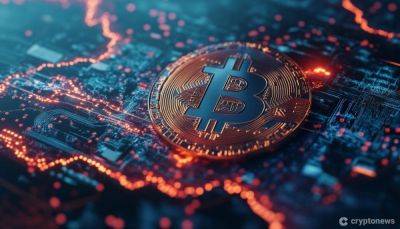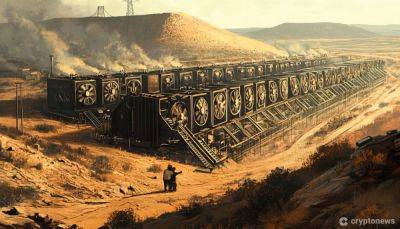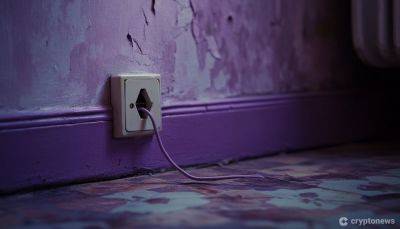Here's the deflation breakdown for August 2024 — in one chart
Inflation cooled in August and fell to its lowest level since February 2021, which was around the time the consumer price index began to climb during the pandemic era.
This broad trend in the U.S. economy — a declining but still-positive rate of inflation — is known as «disinflation.» It means that, in aggregate, the average prices of goods and services are rising, just more slowly.
However, there are also pockets of «deflation.» Their inflation rate is negative, meaning prices are falling.
Deflation has largely been happening for physical goods like cars and household appliances, though it has also appeared in categories such as gasoline and various groceries over the past year, according to the consumer price index.
That said, consumers shouldn't expect — or root for — a broad and sustained fall in prices across the U.S. economy. That generally doesn't happen unless there's a recession, economists said.
Prices for «core» goods — commodities excluding those related to food and energy — have deflated by about 2% since August 2023, on average, according to CPI data.
They fell 0.2% during the month, from July to August 2024.
The dynamic of falling goods prices has largely been due to a «normalization» of pre-pandemic supply-and-demand trends, said Stephen Brown, deputy chief North America economist at Capital Economics.
Demand for physical goods soared in the early days of the Covid-19 pandemic as consumers were confined to their homes and couldn't spend on things such as concerts, travel or dining out. Household also had more discretionary income due to the pullback on spending coupled with federal aid.
More from Personal Finance:
Social Security cost-of-living increase could be lowest since 2021
Why it's not always 'a



















